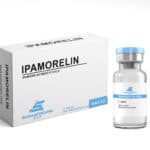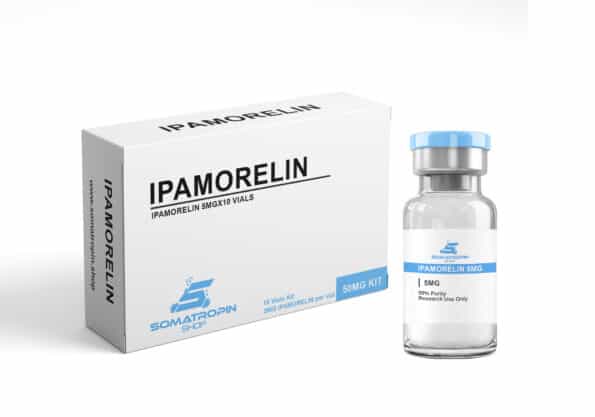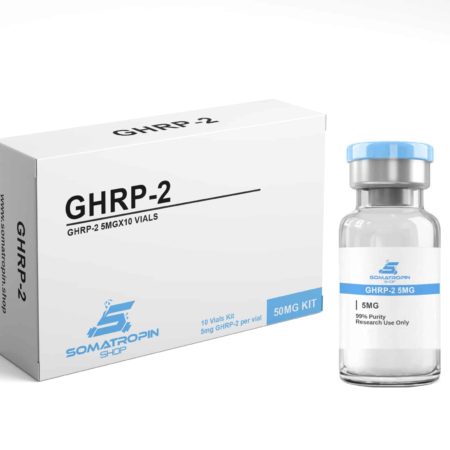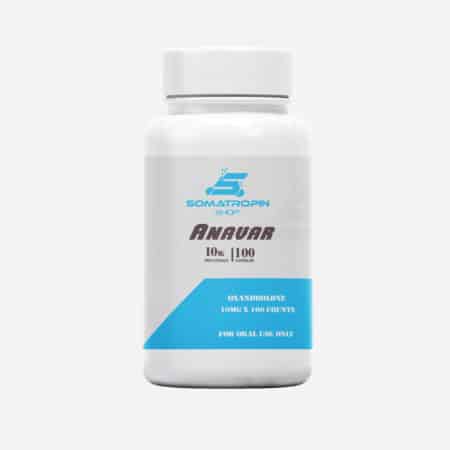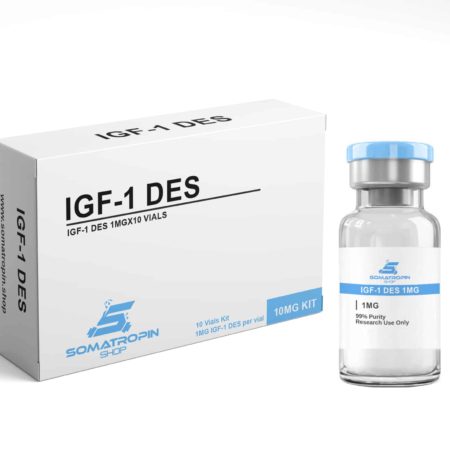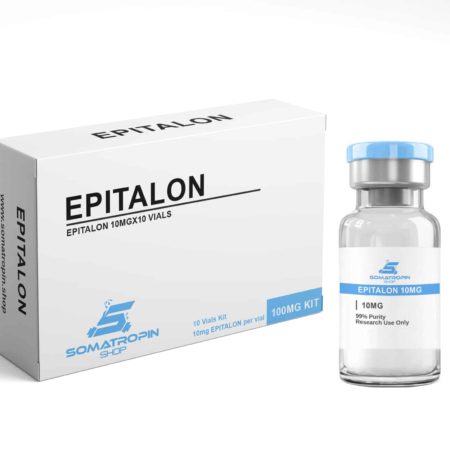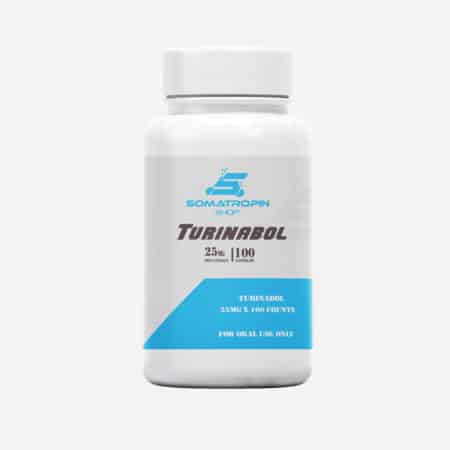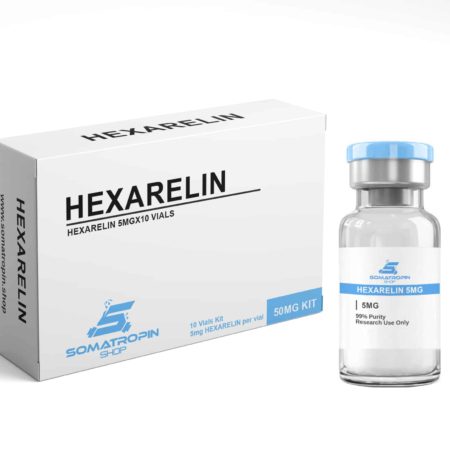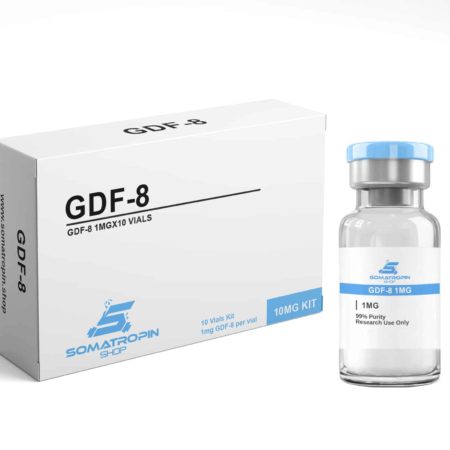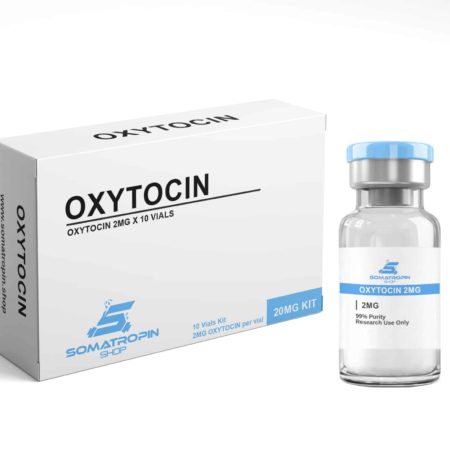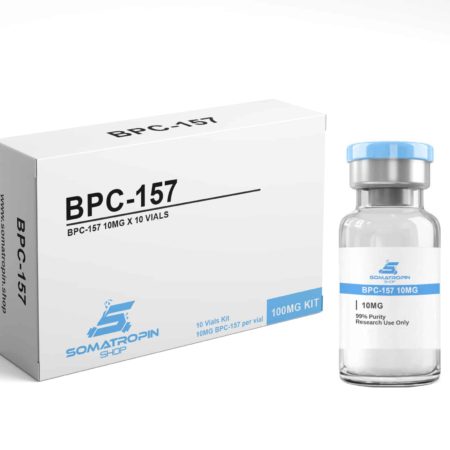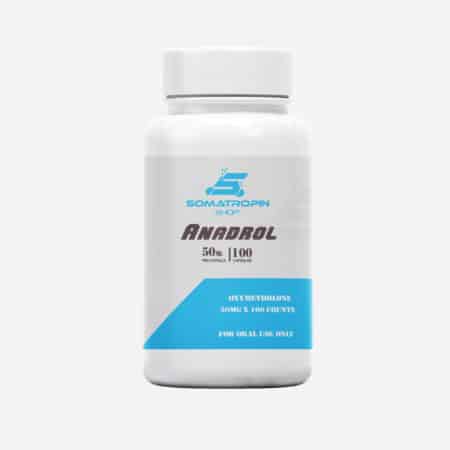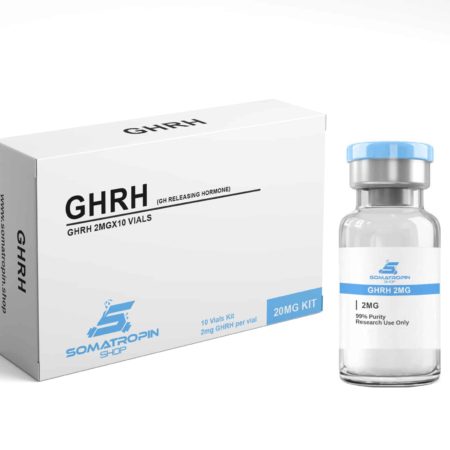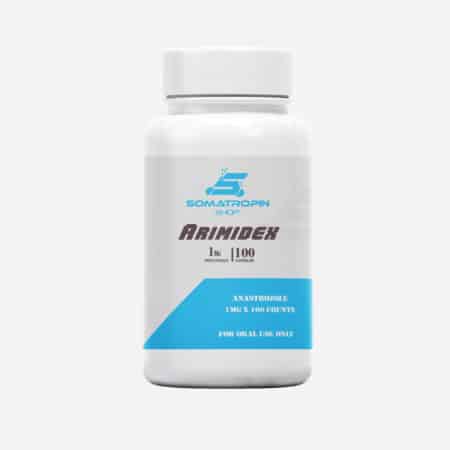Ipamorelin
$149 – $249
Ipamorelin is a pentapeptide, meaning that its structure is comprised of five amino acids. It is a secretagogue, and is considered to be an agonist, meaning that it possesses the ability to bind certain receptors of a cell and provokes a cellular response. Ipamorelin’s operational mechanics enables the peptide to stimulate the production of pituitary gland-based expression of secretions related to growth amongst animal test subjects. At the same time, the presence of the peptide has been shown to inhibit the production of a secretion known as somatostatin. Additionally, it has been determined that Ipamorelin has the ability to boost the production of IGF-1, or Insulin-like Growth Factor 1. Its presence plays a key role in the overall growth and repair of muscular and skeletal tissue.
All Peptides are shipped non labeled
What is Ipamorelin?
Ipamorelin is a short peptide sequence capable of binding to the ghrelin/growth hormone secretagogue receptor. It is one of the most selective Growth Hormone secretagogues known and has been shown in laboratory studies to have no effect on ACTH, prolactin, follicle-stimulating hormone, luteinizing hormone, thyroid-stimulating hormone, or cortisol release . Given its high level of specificity, ipamorelin has been of interest in research both as a therapeutic in and of itself as well as a model peptide for understanding how selectivity in receptor binding is achieved.
Ipamorelin Structure

Sequence: Aib-His-D-2Nal-D-Phe-Lys
Molecular Weight: 711.868 g/mol
PubChem CID: 9831659
CAS Number: 170851-70-4
Ipamorelin Research
1. Ipamorelin and Negative Corticosteroid Effects
Glucocorticoids, the class of corticosteroids commonly used to treat inflammation in conditions ranging from cancer to autoimmune disease, have a host of serious side effects that often limit their usefulness. Mitigating the side effects of glucocorticoids could provide for higher dosing of these medications and allow people to remain on them for longer periods of time, both of which could have positive benefits on morbidity and mortality. Ipamorelin has been shown, in several studies, to reduce or even reverse the side effects of glucocorticoid use.
2. Ipamorelin and Bone Health
One of the most profound problems associated with long-term glucocorticoid use is loss of bone density and subsequent risk of fracture. Current therapies include bisphosphonates, hormone therapies, and new monoclonal antibodies. All of these are effective treatments in their own rights, but they also all have side effects, limited efficacy, or high cost. Ipamorelin, on the other hand, is relatively inexpensive to produce and has a very limited number of side effects. Studies in rats indicate that ipamorelin can completely stop bone loss due to corticosteroids and even leads to a four-fold increase in bone formation in rats exposed to these drugs. Further studies indicate that ipamorelin also increases bone mineral density systemically, thereby increasing the strength of both existing bone and newly formed bone. As an added bonus, ipamorelin helps to offset some of the other side effects of steroids, such as muscle wasting and increased visceral fat deposition.
3. Ipamorelin and Muscle Growth
There is evidence to suggest that GH and growth hormone secretagogues like ipamorelin may reduce the catabolic effects that glucocorticoids have on muscle. Research in rats given glucocorticoids shows a decrease in nitrogen wasting in the liver and improved nitrogen balance following administration of ipamorelin. Muscle wasting is one of the primary side effects associated with glucocorticoid use and a common treatment-limiting side effect. The ability to counteract muscle catabolism and bone-density loss with a single drug could be hugely beneficial to patients who require glucocorticoids.
4. Diabetes
Research in diabetic rats has revealed that ipamorelin can potentiate insulin release. This effect is most likely a result of indirect stimulation of the calcium channel found on pancreatic islet cells where insulin is made and stored. Ipamorelin’s actions on the pancreas may help us better understand the functional limitations of type 2 diabetes and lead to the development of novel therapeutics or even preventative measures.
5. Studied for Treatment of Post-Operative Ileus
Post-operative ileus (POI) is a common condition that follows certain types of surgery, but is particularly common following abdominal surgery. The condition is characterized by an inability of individuals to take oral nutrition because the GI system ceases to function. It can be characterized by pain, but the primary problem with POI is that it slows discharge from the hospital and lengthens overall recovery time.
Ipamorelin has been investigated in several proof-of-concept clinical trials to determine if administration of the peptide can reduce POI. The research suggests that ipamorelin does shorten time to first meal by approximately 12 hours. Unfortunately, and despite early limited success, the trials were abandoned when the company conducting them decided that efficacy was not high enough to create a viable product. There is hope that ongoing research can boost efficacy or that research into combination therapies that include ipamorelin can find a synergistic effect with other compounds that will render the therapy more effective.
6. As Ghrelin Receptor Probe
Ipamorelin is a selective ghrelin receptor agonist and binds strongly to the ghrelin receptor. The ghrelin receptor is known to increase in abundance in certain types of cancer (e.g. human carcinomas) and heart failure. Given these facts, researchers recently speculated that ipamorelin could be used as a probe in positron emission tomography (PET) as an aid to diagnosis. Basic in vitro studies have demonstrated the feasibility of this approach and have confirmed that ipamorelin, which is easy to synthesize in a lab, could theoretically be used as a PET probe. The next step is to test the probe to determine how well it functions in vivo and to develop standards for interpreting PET studies done with it.
Related Products
All Peptides are shipped non labeled
Product packaging may change from time to time
IGF-1 DES is a truncated, natural version (splice variant) of insulin-like growth factor-1. Naturally found in the brain, breast milk, and uterine tissue, IGF-1 DES stimulates hypertrophy and hyperplasia of a number of different cell lines. Research has shown this version of the protein to be more potent than standard IGF-1, mostly as a result of its enhanced bioavailability. Currently, researchers are looking at ways to utilize IGF-1 DES in the treatment of inflammatory bowel disease (IBD), autism, and a variety of neurological conditions. Research shows that it helps to maintain the health of synaptic connections in the central nervous system and, like all IGF-1, promotes the repair of muscle and connective tissue.
10mg Kit
1mg X 10 Vials
All Peptides are shipped non labeled
Epithalon (Epitalon) is a synthetic derivative of Epithalamin and a potential modulator of telomerase, the enzyme that maintains and protects the telomere caps at the ends of chromosomes (strands of DNA). Research suggests that Epithalon induces telomere elongation and may fight off the effects of aging as a result.
All Peptides are shipped non labeled
Product packaging may change from time to time
Out of stock
Hexarelin is a synthetic analogue of ghrelin that shows benefit in heart disease and cardiac ischemia, protecting the heart following heart attack. Research has shown that Hexarelin also protects skeletal muscle against wasting and improves cholesterol and triglyceride levels.
All Peptides are shipped non labeled
10mg Kit
1mg X 10 Vials
All Peptides are shipped non labeled
Oxytocin, a natural protein hormone, plays important roles in sexual reproduction, childbirth, bonding between mother and child during breast feeding and wound healing. New research suggests that it may boost cognitive performance, reduce cardiovascular risk, and offset the effects of diabetes.
20mg Kit
2mg x 10 vials
All Peptides are shipped non labeled
All Peptides are shipped non labeled
Product packaging may change from time to time
GHRH (Growth Hormone Releasing Hormone)
20mg Kit
2mg X 10 Vials
All Peptides are shipped non labeled
Categories
Tags
- 100iu
- anti aging
- anti wrinkles
- bioregulator
- bioregulators
- Bodybuilding
- cjc
- cjc 1295
- cjc1295
- cycle
- fat loss
- genotropin
- gh
- ghrp
- gnrh
- hgh
- human growth
- human growth hormone
- hygetropin
- igf
- igf-1
- ipamorelin
- jenotropin
- kingotropin
- kit
- mgf
- nordictropin
- norditropin
- orals
- pct
- peptide
- peptides
- primo
- Primobolan
- roids
- selank
- semaglutide
- somatropin
- Stanozolol
- steroid
- steroids
- Tesamorelin
- testosterone
- Tirzepatide
- Winstrol

